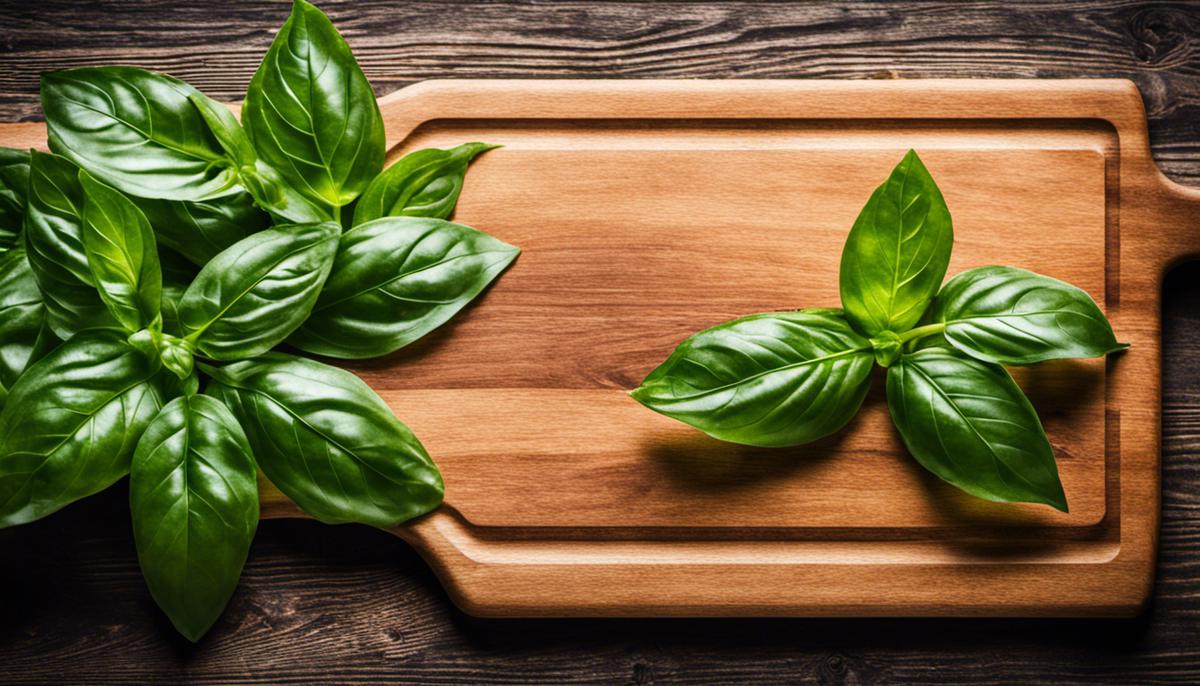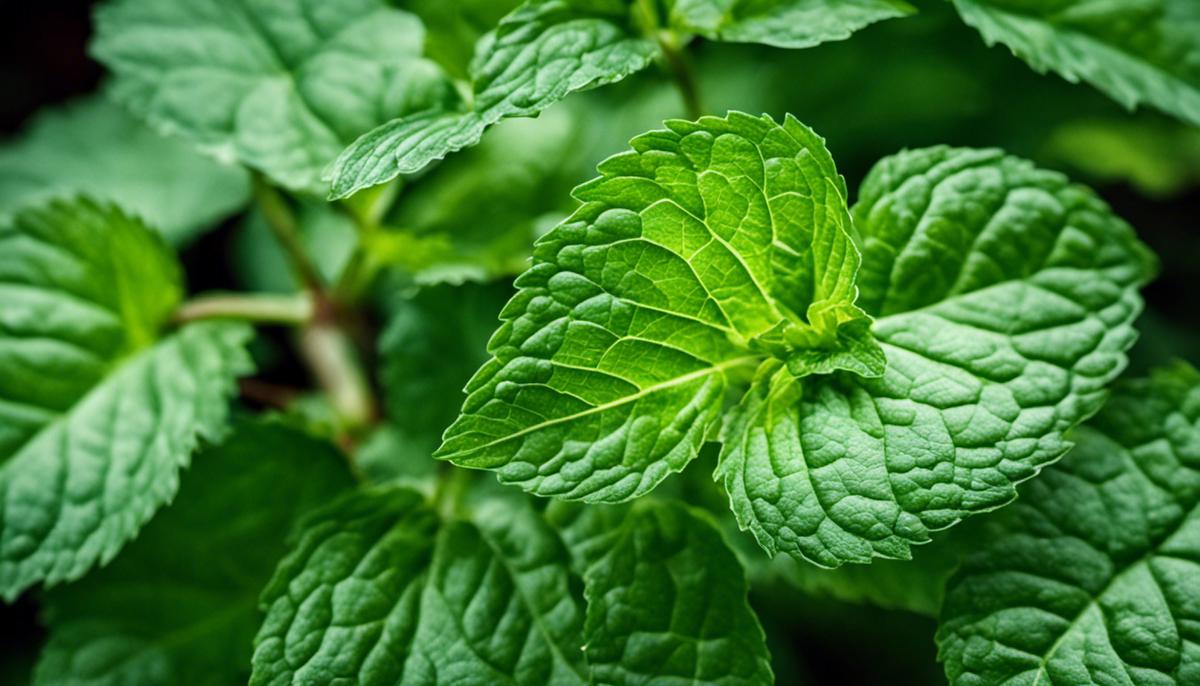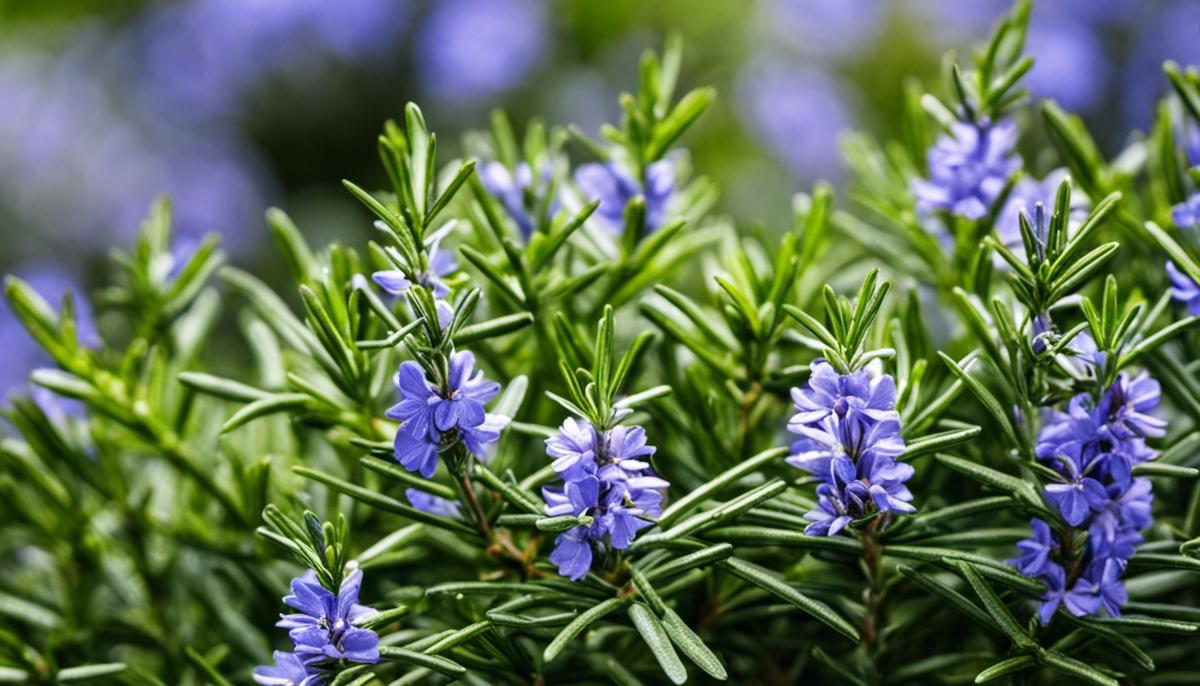Growing herbs at home not only provides constant access to fresh flavorings for culinary endeavors but also beautifies your space with greenery and fills the air with natural fragrance.
Whether you’re a seasoned gardener or a green-thumbed novice, herbs are a low-maintenance and cost-effective start to horticulture within the confines of your home.
With that said, here are some of the best herbs to grow at home.
Related: Build a Complete Medicinal Herb Garden in Your Backyard
Basil
Herbs in the Kitchen: Basil
Celebrated as one of the most beloved kitchen herbs, basil exhibits resilience and ease in growth, making it a perfect start for newbie gardeners and a consistent choice for seasoned ones.
The luscious green herb, originating from the mint family, can flourish within any home, particularly in a spot showered with full sunlight.
Simple Steps to Growing Basil
Here are some simple steps to growing basil:
- Choose a sunny spot for your basil plant. Basil needs at least six hours of direct sunlight per day, so pick a windowsill or a balcony that gets plenty of light.
- Plant your basil seeds or seedlings in well-drained soil. Basil likes moist but not soggy soil, so make sure your pot has drainage holes and use a potting mix that is rich in organic matter.
- Water your basil regularly, but not too much. Basil needs consistent moisture, but overwatering can cause root rot and fungal diseases. Check the soil with your finger and water when the top inch feels dry.
Basil: A High-Yield Herb
One of the many reasons basil is loved by enthusiasts is due to its high-yield nature. With regular pruning practices, this plant rewards you with abundant fresh leaves. Pinching off the tops when the plant reaches six inches, encourages bushier growth. The golden rule of pruning is to never cut into the woody parts of the stem, and stick to the leafier zones.
Basil: The Aromatic Addition to Food
Known for its distinctive fragrance and flavor, the emerald green leaves of basil are much more than a garnish. This Mediterranean classic elevates the entirety of a cuisine. From fresh salads and aromatic broths to gourmet pasta and artisanal pizzas, basil’s wide-ranging contribution to culinary arts is far-fetched and globally appreciated.
Basil: Nutrious and Beneficial
Besides its pungent aroma and uplifting flavor, basil brings a good deal of nutrition to your plate. It is packed with Vitamins A, K, and C and is also a good source of calcium, iron, and antioxidants. It has anti-inflammatory properties and essential oils that promote wellbeing. Overall, cultivating this herb at home opens the door to fresh flavors and nutritious additions to your day-to-day meals.

Mint
Meet Mint: The Fragrant Powerhouse
A deceptively simple-looking plant with impressive capabilities, Mint is a versatile herb that you can grow easily at your home. It’s a hardy plant that doesn’t need a complex caring routine. You can shelter it in a sunny corner of your house or a partly shaded area — it allows flexibility.
The thing to remember about Mint plants is they are quite lively in nature. When given sufficient space, they can spread aggressively and take over your garden or the area where they are planted. So, to keep this spread in check, it is recommended to grow Mint in pots or containers. This will ensure they liven your space without overwhelming it.
Mint: A Retreat for Your Palate and Senses
One of the best things about growing Mint is that it’s not just a pretty plant but also a key ingredient in many culinary dishes. You can sprinkle fresh mint leaves in salads, use them to garnish your drinks or incorporate them in sauces and stuffings.
The Mint’s delight isn’t restricted to just food – it can be used to brew a refreshing cup of tea. Mint tea is not just soothing to the taste buds but also has numerous health benefits. It can improve digestion, aid in the reduction of headaches, and act as a decongestant.
In addition to being a fabulous addition to your kitchen’s arsenal, Mint filling your home with its fresh and sweet aroma is an added benefit.
Mint: More than Just a Herb
Mint, with its ease of growth and plethora of uses, serves as a great starting point for beginners in home gardening. Not only will you enjoy the process, but also the aromatic rewards that come with it.

Rosemary
The Resilient Rosemary
Rosemary is a perennial plant, which means it grows continuously throughout the year, maintaining its lush, green needle-like leaf all year round. The plant thrives in sunlight, so placing it on a sunny windowsill or, if you’re growing it outside, in a place that gets at least six to eight hours of sunlight daily, is ideal.
Give It Space
Rosemary plants like room to breathe. Be sure to provide ample space for it to spread out, ensuring that the soil is well-drained to keep its roots from becoming waterlogged. If you’re planting outdoors, place the rosemary in raised beds or on slopes for proper runoff.
Easiness of Maintenance
Rosemary is a relatively low-maintenance plant, making it a great choice for novice gardeners or those who don’t have a lot of time to dedicate to their plants. It requires little watering, only needing a good soak when the soil feels dry to the touch. Due to its high oil content, the plant also naturally repels many pests, making it less likely that your plant will be infested or damaged.
Culinary Uses
One of the standout features of rosemary is its distinct, aromatic flavor. It’s a staple in many Mediterranean dishes and can transform a simple dish into a flavor-packed meal. Try it with roasted potatoes, mix it into bread dough, or use it to season your chicken for a unique flavor enhancement. It’s not just the leaves that are edible – rosemary flowers can also be used in your cooking for a delicate touch.
Not Just For Cooking
While rosemary’s culinary uses are well known, its decorative uses should not be overlooked. With its evergreen leaves and blue blooms, it can serve as a beautiful addition to your home decor. You can also use it as a natural air freshener, filling your home with its delightful fragrance.
Rosemary: Beyond Aesthetics
Lastly, this powerful herb has several beneficial health properties. It’s rich in antioxidants and anti-inflammatory compounds, which can help boost your immune system and improve blood circulation. Plus, its oil has been found to have antifungal and antibacterial attributes. The plant’s aroma is also known to enhance memory and concentration, making it not just a treat for your palate, but a boon for your health as well.

Undoubtedly, the cultivation of your own herbs can be a fulfilling and practical venture. Taking up the simple task of growing basil, mint, or rosemary in your home setting not only allows you to add a personal touch to your meals with fresh ingredients but also thrives as an enjoyable hobby. Moreover, these herbs require minimal care and can grow successfully in most climates. With numerous health benefits, vibrant flavors, and the natural splendor these herbs offer, starting your own indoor herb garden can both complement your culinary skills and beautify your living space.




